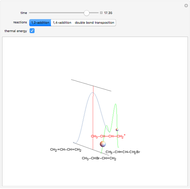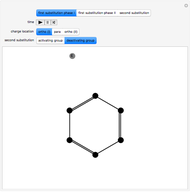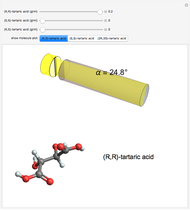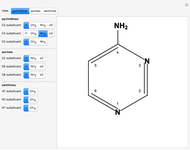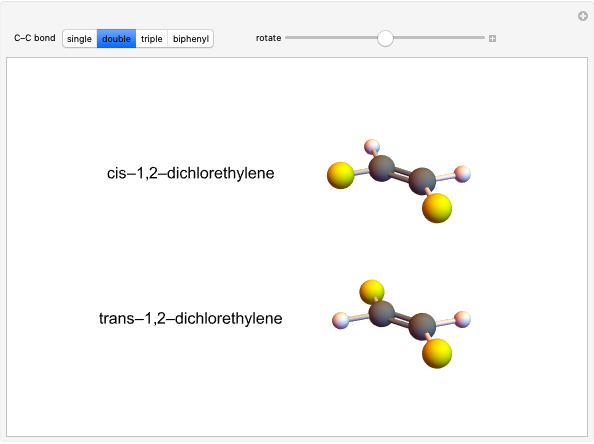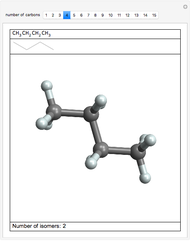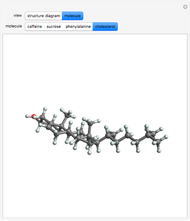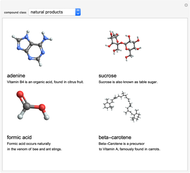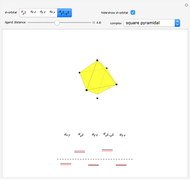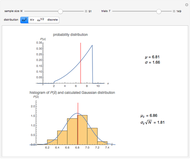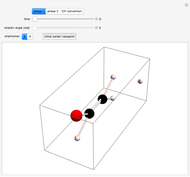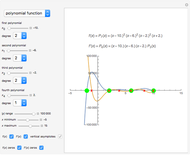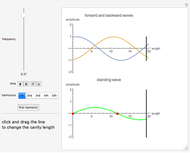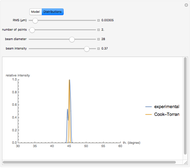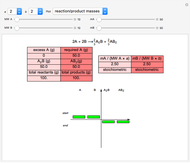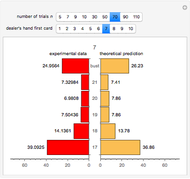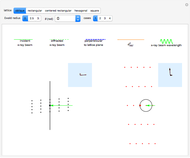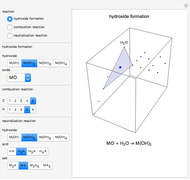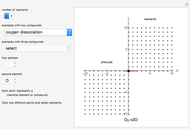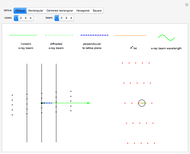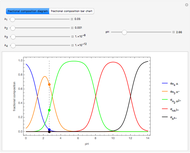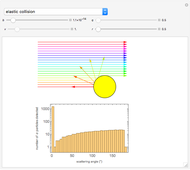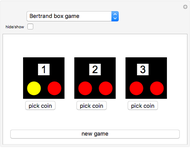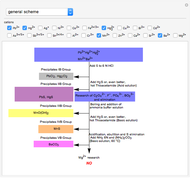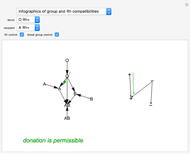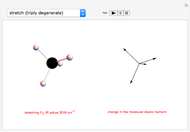Electrophilic Addition to Alkenes with Formation of Optical Isomers

Requires a Wolfram Notebook System
Interact on desktop, mobile and cloud with the free Wolfram Player or other Wolfram Language products.
This Demonstration shows a type of chemical reactivity typical of alkenes. A double bond (very often  ) attracts an electrophile species (designated by E), which bonds to the carbon atom in accordance with Markovnikov's rules. In the phase that follows, a nucleophile species,
) attracts an electrophile species (designated by E), which bonds to the carbon atom in accordance with Markovnikov's rules. In the phase that follows, a nucleophile species,  for example, designated by a green sphere labeled
for example, designated by a green sphere labeled  , bonds to the second carbon atom, which acquires a positive charge. This carbon atom, in our example, becomes a chiral center, since it is bonded to four different entities [1].
, bonds to the second carbon atom, which acquires a positive charge. This carbon atom, in our example, becomes a chiral center, since it is bonded to four different entities [1].
Contributed by: D. Meliga and S. Z. Lavagnino (January 2018)
Open content licensed under CC BY-NC-SA
Snapshots
Details
Snapshot 1: in the first phase, the alkene undergoes electrophilic attack, by  , and follows Markovnikov's rules
, and follows Markovnikov's rules
Snapshot 2: in the second phase, the nucleophile species, for example  , attacks the second carbon atom; the attack site determines the resulting
, attacks the second carbon atom; the attack site determines the resulting  or
or  isomer
isomer
Snapshot 3: optical isomers are represented in two dimensions and classified according to Cahn's priority rules
Reference
[1] H. Hart, L. E. Craine and D. J. Hart, Organic Chemistry: A Short Course, 10th ed., Boston: Houghton Mifflin, Co., 1999.
Permanent Citation







